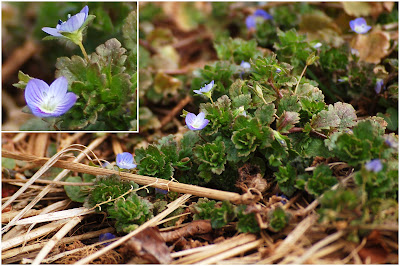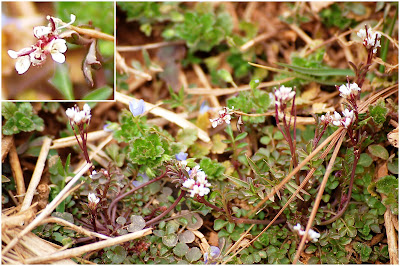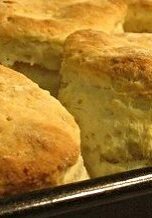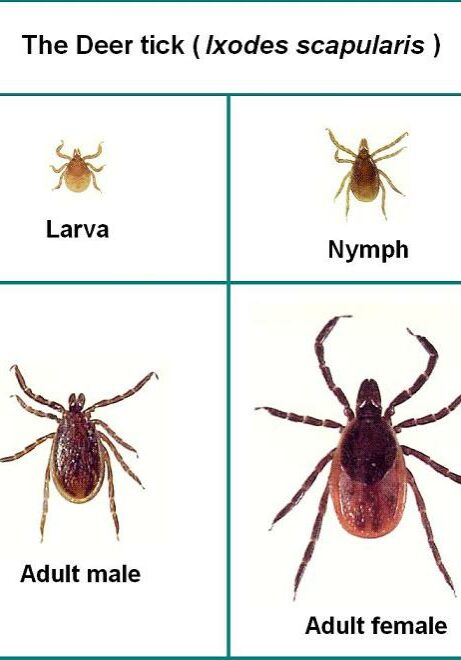Asheville, Blog, Gardening, NC
Appalachian Spring: Plant Identification 1 (Solved)
Amber Shehan • March 10, 2010
Alright, so I am currently habitating in and about Enka-Candler, NC on the edges of the Pisgah Forest. It’s a beautiful place, and I am really enjoying watching it wake from this long and very cold winter! There’s a lot of plant identification to be done here, as many of these plants are new to…


Alright, so I am currently habitating in and about Enka-Candler, NC on the edges of the Pisgah Forest. It’s a beautiful place, and I am really enjoying watching it wake from this long and very cold winter! There’s a lot of plant identification to be done here, as many of these plants are new to me.
We arrived on this ridge in early August, just in time to watch the mountains around us begin their change from green to gold to red to brown, to covered in snow and ice. Snow is still visible on the ridges of the mountains on the horizon, even with these warm days of the past week. I have noticed that plants are generally much hardier here in the Appalachians than in the fertile wet earth of the Dismal Swamp…roses and honeysuckle and primrose was blooming in my yard as late as October!
Now I’m watching my yard with keen eyes to see what pops up as the earth thaws under my feet. I’ve been pulling up the bull nettles and thistle from the spots where we tread regularly and tossing their rootballs into the wild field next to us where they can grow with no harm. Eric chopped the hell out of the dead poke last fall, but keeping the poke under a semblance of control is a full-time job! I don’t mind it sharing space with us, we just have to make it share more of the yard. Our steady traffic in the yard should help with that somewhat.
Yesterday afternoon and Eric and I were finishing up in the backyard, Sarah decided to come outside and photograph some of the wildflowers that are coming up in patches all over the red clay yard so that I could work on identifying them. So she lay on the ground, lost her cigarettes, and suffered many travails to capture the flowers exquisitely! Flowers, and also my kitty, when she SAT on a patch of wildflowers we were trying to capture in the fading light.
First off, there’s this dark green patchwork all over my yard, with lacy leaves and delicate flowers that range from purple to light violet to a rich blue. These guys are shallow-rooting, and their rose-like clusters of leaves remind me of succulent plants. I know just from seeing how prolific and hardy they are that they are probably a hated weed! And you know how I just love to harbor hated weeds.
I looked around a bit and found the name of this plant all on my own! Veronica Persica is indeed a hated weed and a loaf-about, good-for-nothing scoundrel. Of course, they aren’t much trouble either, unless you want your yard to look like a putting green. *shudder*
I googled “NC blue wildflower” and managed to come across “Southern Appalachian Wildflowers,” a photography gallery by Rich Stevenson. Luckily, Veronica here was the first picture on his page…but I went through them all. I’m also looking for another flower which isn’t proving as easy as Veronica…
These beautiful little flowers just reach up for the sun out of the long, grabby grasses and dried chaff of last years leavings.
The stems are green and reddish brown, with those lovely dark fingers cupping the white petals. They are no taller than 3 inches from the ground. Does anyone have any idea what this little lovely is called? (EDIT: Her name is bittercress! A common, peppery weed. Edible, and now added annually into my Wild Greens Pesto.)
In this picture on the left, she is snuggled up with Veronica on the mud-slab steps leading down to our lower lot.
Get updates from Pixie's Pocket: brewing and herbs in your inbox:
Amber Shehan
Hi! I'm Amber Pixie, and this is my site. Enjoy the recipes, information, posts, and please feel free to message me if you have questions!







Hey, a fellow Appalachian!
Hail and well-met. :>
Hi, Errant! Nice to meet you! Thanks for commenting, I’m off to check out your blog too.
And I’m originally a Swampian, I’m just an Appalachian transplant! 🙂
I don’t know what that plant is. Your region has such a diversity of northern *and* tropical plants that it boggles my mind. I’m still dazzled at the botanicals growing in my own back yard that I’m still getting to know. 🙂 Best wishes in your search! I’m curious, so I’ll be back!
Hello 🙂
Your weed is definitive a bittercress but I’m not sure which one. Could be hairy bittercress(Cardamine hirsuta) or another.
They also grow here in New Zealand and I actually use them to spice up my salad like common garden cress. They all belong into the Brassica family and are edible. Bittercress is rich in minerals and vitamin C.
The plant is called Hairy Bittercress…lol…which does it no justice since it’s neither hairy or bitter. And yes it’s a ‘dreaded weed’, it’s also good to eat.
Thanks, Brigitte and Michelle! It is quite different from the bittercress I knew in Virginia. 🙂 These flowers are cute when you look at them closely.
Hi Amber, I came across you on Etsy, I am Pixiepod, also I have a cat like yours a Blue Burmese and I am a herbbie and as my friends say a dirt digger, check out my blog on http://www.pixiepod-pixiepod.blogspot.com or my etsy shop http://www.pixiepod.etsy .com. I have also made jam, the similarities are weird. Kind Regards Margaret
[…] gaze around at what IS growing, at the weeds: poke that grows with a force to be reckoned with, bittercress making a white haze over the earth from her flowers, clover patches cracking the clay and the […]